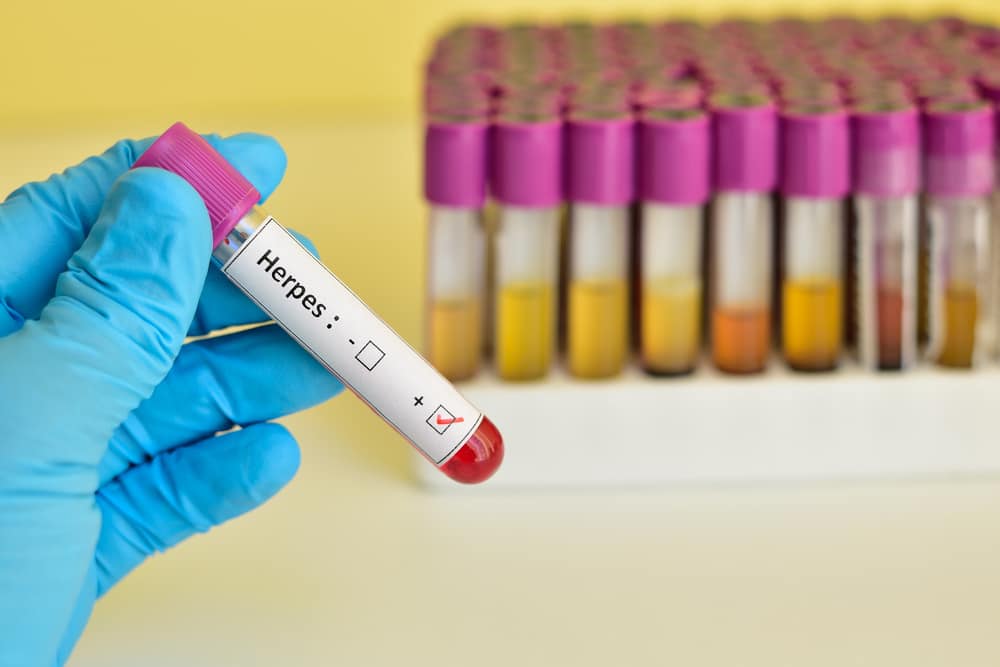Contents:
- Medical Video: You and Your Risk Factors: Prevention of Heart Disease
- Age
- Gender
- Total cholesterol level
- HDL "good" cholesterol level
- History of smoking
- Blood pressure
- Possible diabetes
Medical Video: You and Your Risk Factors: Prevention of Heart Disease
According to the National Household Health Survey, heart disease is the number one cause of death in men and women in Indonesia every year. You might have started trying to reduce risk, but how do you know if you did it right?
In 1948, the National Heart Institute (now known as the National Heart, Lung, and Blood Institute, or NHLBI), began the Framingham Heart Study to learn more about heart disease and stroke. The researchers monitored more than 5,000 participants in Framingham, Massachusetts throughout their lives to determine common risk factors for cardiovascular disease. In 1971, the second generation group — children from the original group — and their partners — enrolled.
As a result of this long-term study, scientists have determined key risk factors that can increase a person's chances of developing heart disease or heart attacks throughout their lives. By tracking risk factors, you can determine how aggressively you must adjust to lifestyle changes and treatments.
Age
The risk of heart disease increases with age, regardless of other risk factors. The risk increases for men after 45 years of age and women after 55 years (or menopause). The hormone estrogen is thought to help protect the heart. This is why after menopause, when estrogen levels decrease in a woman's body, the risk of heart attack also increases.
Over time, the buildup of fatty plaques slowly in the arteries can be problematic. If you get older, the arteries may narrow. Blood clots can sometimes form, inhibiting blood flow, which can cause a heart attack.
Gender
Men are more at risk for heart disease than women. 70-80% of sudden heart attacks occur in men. So far, scientists don't know the exact cause, although studies have shown that sex hormones might cause heart attacks.
The study, published in the journal Atherosclerosis found that two sex hormones were associated with increased LDL levels, "bad" cholesterol and decreased HDL levels, "good" cholesterol. A new study published in 2012 in The Lancet indicates that the Y chromosome, which is unique to men, might also contribute. Apart from these reasons, men are more at risk overall, and tend to suffer from heart disease at an earlier age. However, heart disease is also the leading cause of death in women.
Total cholesterol level
Total cholesterol, which is the amount of all cholesterol in the blood, is a possible risk factor for heart disease, especially because cholesterol is a key part of plaque that can accumulate in the arteries. (Plaques consist of fat, calcium, and other substances). The theory that the more cholesterol in the blood, the more it turns into plaque that builds up in the arteries. Range of cholesterol levels:
- Normal: less than 200 mg / dL
- High enough: 200-239 mg / dL
- Height: 240 mg / dL and more
The higher the total cholesterol level, the higher the risk of heart disease.
HDL "good" cholesterol level
Scientists have found that not all cholesterol is the same. "Good" cholesterol, or HDL, is actually fighting heart disease. Scientists are not so sure, but they believe that HDL helps reduce inflammation, which contributes to heart health, and helps bring cholesterol to the liver, which will be processed. The conclusion is that the higher the HDL level, the lower the risk of heart disease. Generally:
- HDL less than 40 mg / dL increases the risk of heart disease.
- More than 60 HDLs may protect you from a heart attack.
History of smoking
Overall, smoking increases the risk of heart disease. Nicotine and other chemicals in cigarettes endanger the heart and blood vessels, increasing the risk of atherosclerosis (arterial narrowing) - even though you only occasionally smoke. Fortunately, how much or how long you have been smoking, quitting smoking will benefit the heart.
Example:
- Quitting smoking reduces your risk of experiencing and dying of heart disease.
- Over time, quitting smoking reduces the risk of arterial narrowing.
- Quitting smoking can help restore damaged heart and blood vessels.
Blood pressure
Reading the first blood pressure number can also provide clues about the risk of heart disease, called "systolic" blood pressure, and measuring arterial pressure when the heart beats or contracts. (The diastolic number measures the pressure in the arteries between heartbeats, when the heart muscle relaxes.) Systolic measurements are considered to indicate a higher risk of heart disease because they generally continue to increase with age. This is because of increased stiffness in the arteries and the buildup of plaque in the long run.
The following are some guidelines regarding blood pressure:
- Normal: less than 120 mmHg
- Prehypertension: 120-139 mmHg
- High blood pressure (stage 1): 140-159
- High blood pressure (stage 2): 160 or more
If you have found that you have high blood pressure and are taking medication to control it, you automatically reduce your risk of a heart attack.
Possible diabetes
Many heart disease risk calculators have added diabetes to the list. According to the National Diabetes Information Clearinghouse (NDIC), if you have diabetes, you are at least double the risk of developing heart disease. Over time, high blood glucose (blood sugar) levels can increase the buildup of fatty material in the arteries and blood vessel walls, increasing the chance of narrowing and hardening of the arteries (atherosclerosis).
Make sure you check with your doctor regularly to deal with all risk factors and reduce the risk of heart disease as much as possible.












